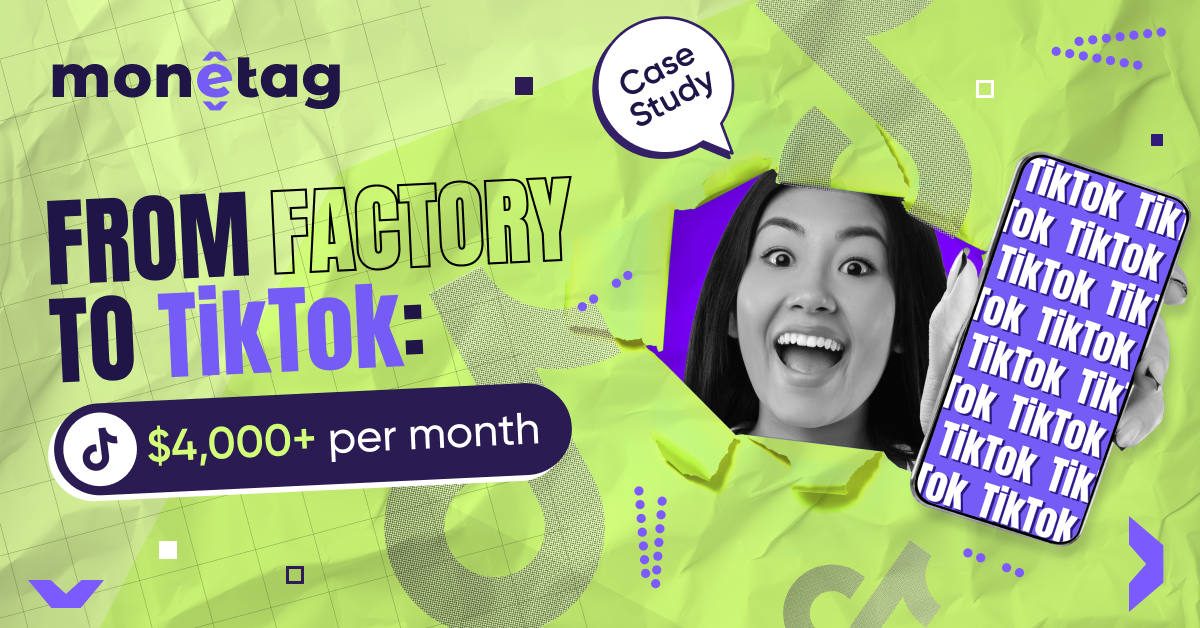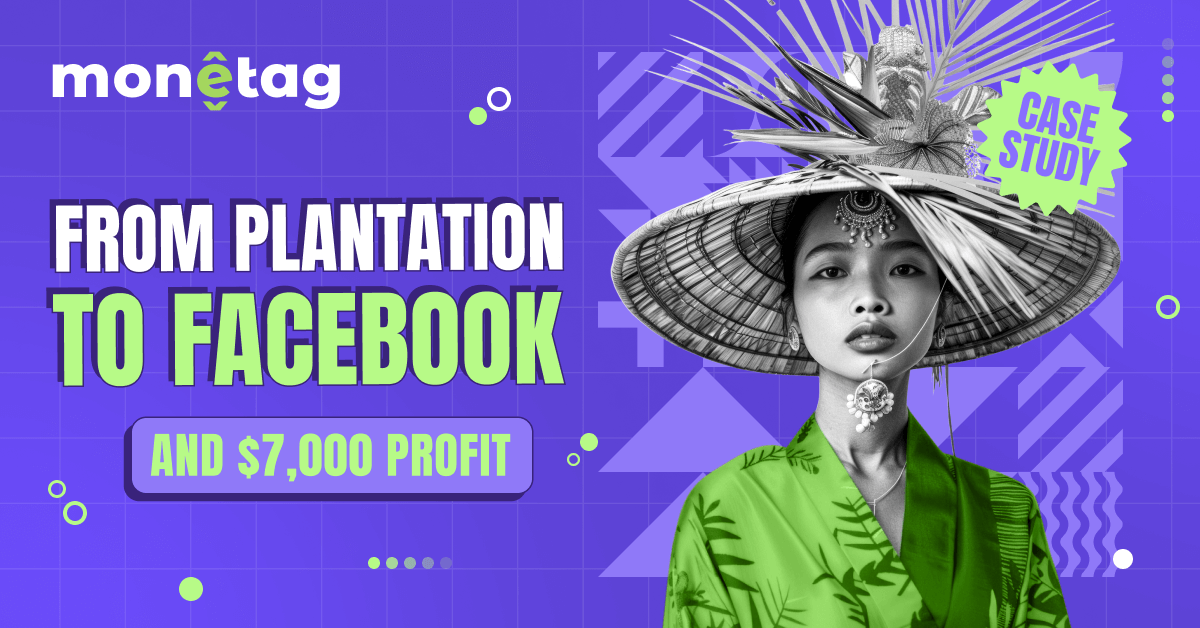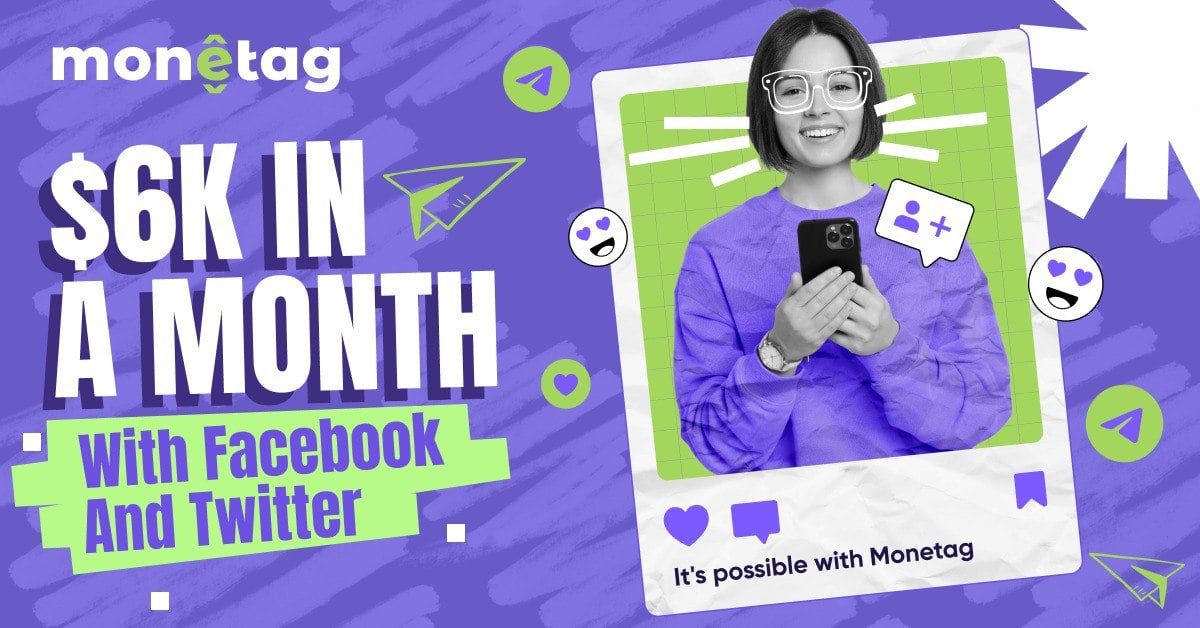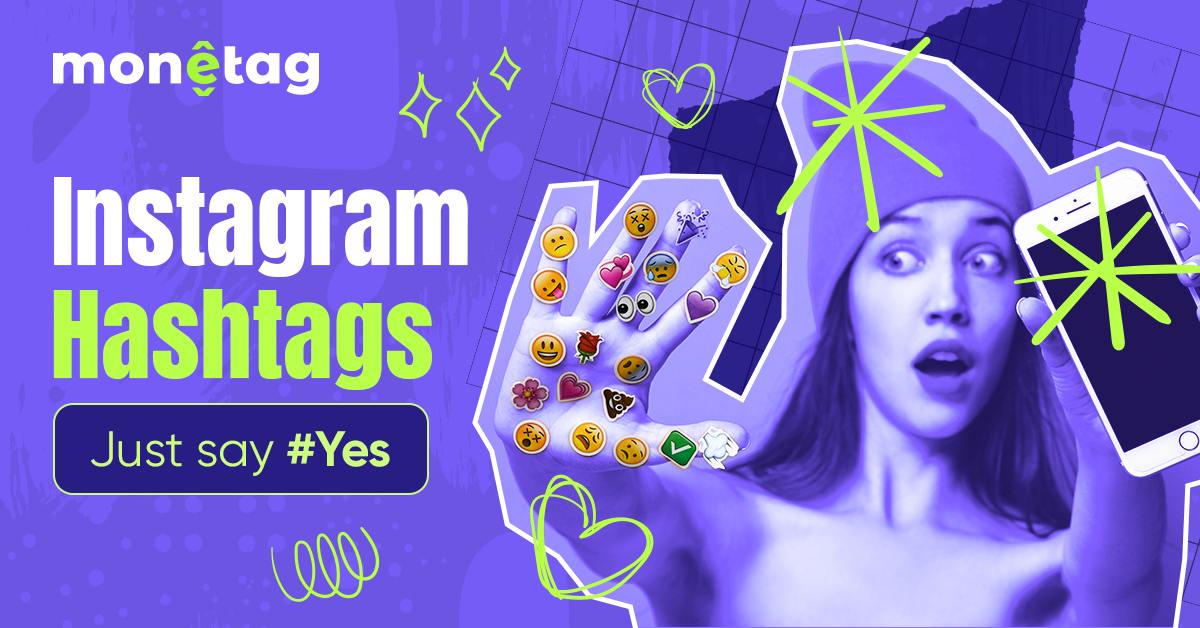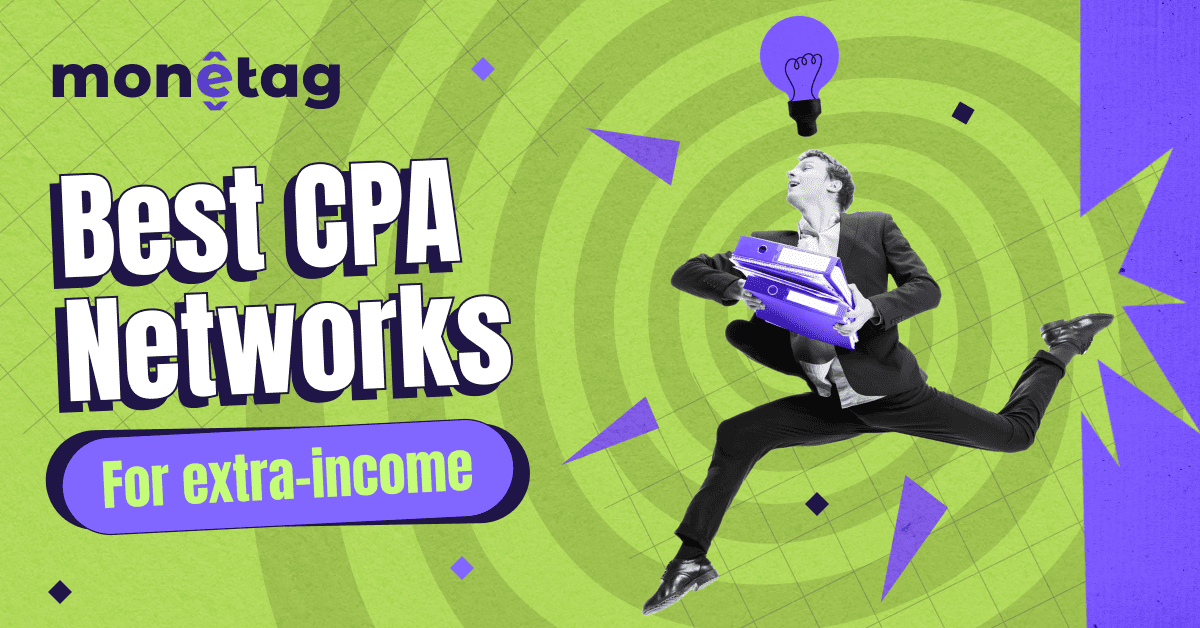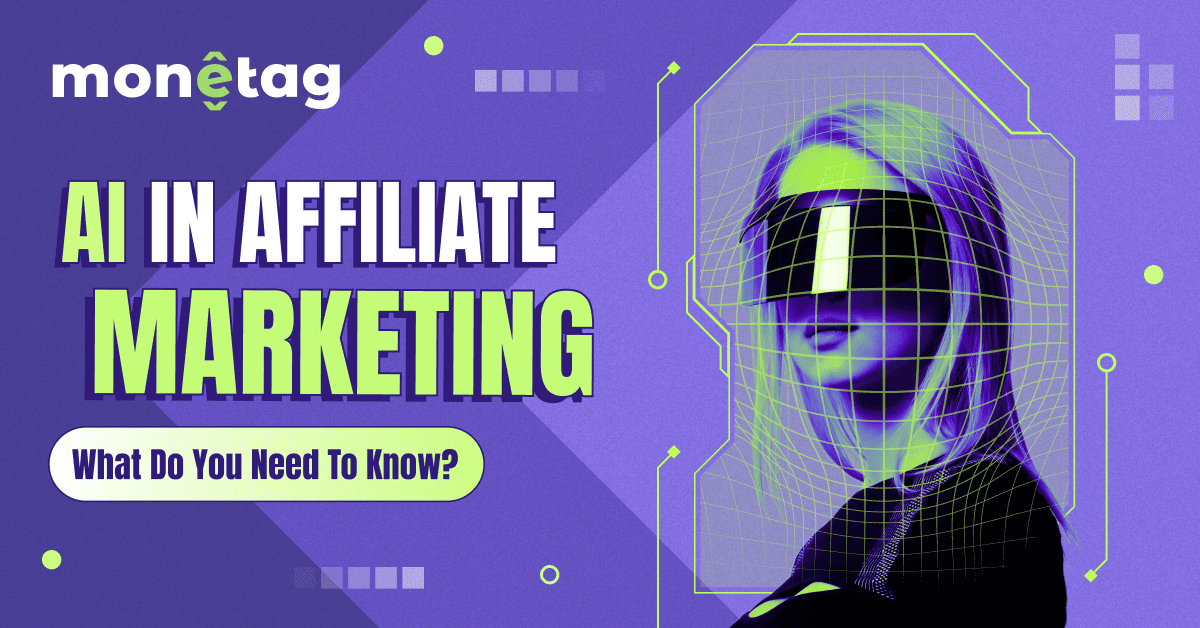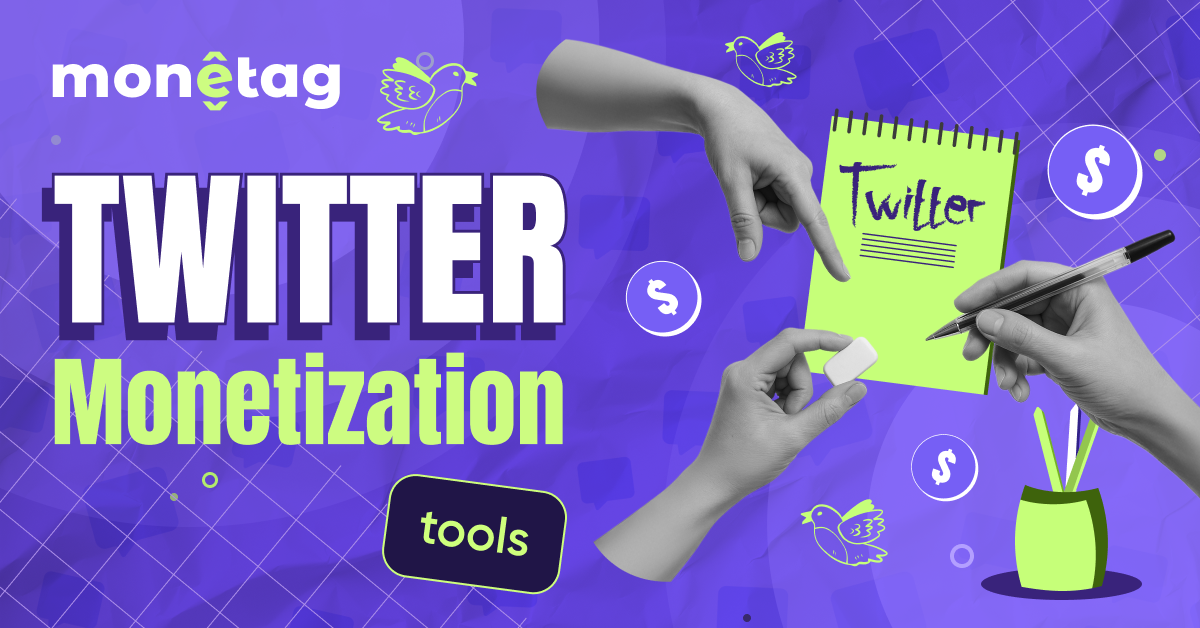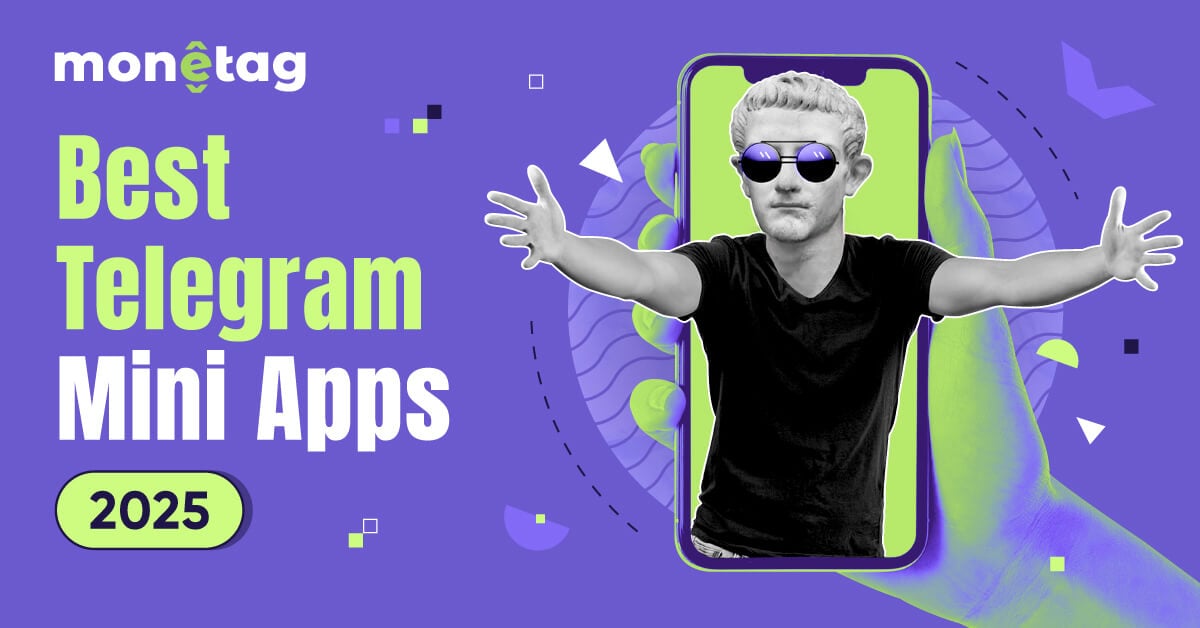Shadowban or Hard Ban: How To Deal With Restrictions on Various Social Networks?
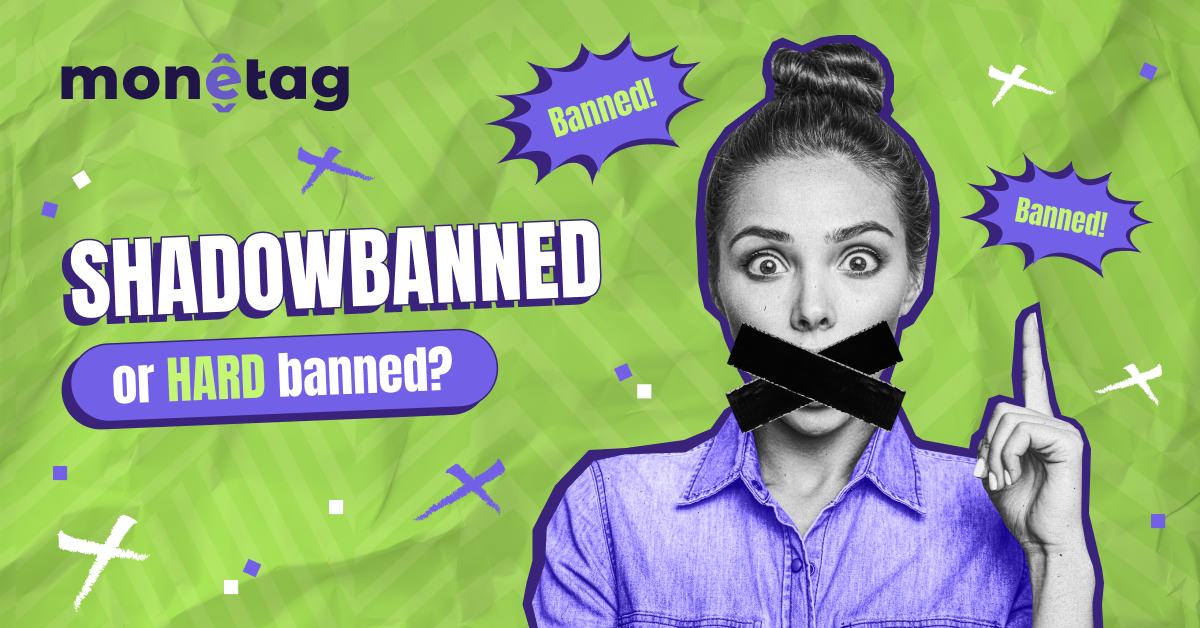
If we asked our partners to name this article, it had all the chances to be titled Have Fun With FB Bans. Definitely, affiliate marketing chats and forums have made Facebook’s attitude to banning users for every little misstep almost a meme.
Some jump into Reddit threads to request tips and tricks for getting unbanned from Facebook. Others believe it’s best to just let go and move on. There are even those who go as far as launching petitions — yes, we are serious:

However, not all bans are permanent, and not all of them are that hard to lift. And let’s not forget — it’s not just Facebook handing out bans. So, in this article, we’ll tell you about how different social platforms block users — and what you can do to fight back.
Shadowban
The most mysterious and controversial ban type: does it even exist? Let’s begin with the facts: no social network has ever admitted sending it out.
You won’t find the term shadowban in any FAQ, Terms of Service, or policy docs — whether it’s Facebook, Twitter (X), TikTok, or Instagram.
However, bloggers, influencers, and affiliate marketers who profit from non-paid traffic claim that the shadowban exists. According to them, a shadowban is a silent penalty applied for certain violations — without any notice or explanation:
- Overusing hashtags or using banned hashtags
- Posting content that violates community guidelines, even slightly
- Sharing external links too frequently (especially to monetized pages)
- Sudden spikes in engagement that make it suspicious, like bot activity
- Participating in follow/unfollow or like-for-like schemes – tricks where users follow others or like posts just to get a follow or like back
- Repeated use of controversial or sensitive topics, even without breaking the rules – it might be politics, Covid-19 and vaccination, war, violence, body and sexuality, or mental health.
Not everyone agrees that the shadow ban really exists, though. For example, look at what one of our partners, an SMM specialist, says:
“Those wannabe bloggers are obsessed with the so-called shadowban, even though it doesn’t even exist officially. The truth is they constantly run giveaways with cash and prizes, which attracts freeloaders who aren’t interested in their content. Of course, this leads to zero engagement, but why blame it on the shadowban?”
In the end, it’s hard to tell whether the drop in views is due to algorithmic limits or simply a natural dip in audience interest.
How do you know about it?
In short: no one will tell you, but there will be signs. As account owners put it, they notice a sudden negative spike in reach and impressions. Simply put, they see their posts get little to no views, or the numbers drop sharply compared to before.
Some services allow you to check if your account is shadowbanned or not. One example is a Telegram bot called ‘TikTok shadowban’: you send your account link to the bot, and it gives you a verdict. However, we haven’t found any proof that such tools work correctly.
Also, we found some proof that something like a shadowban might be real on X. We posted a short message from an account, then tried to find it from another account by searching the exact text in the ‘Latest’ tab. There were lots of other posts showing up, even older ones, but ours didn’t appear — even though the ‘Latest’ tab should show posts in order.
How to fight the ban?
So, is it really a shadowban, or just a technical glitch? X support says it’s just a technical problem and doesn’t suggest any solutions. What about the rest of the social media?
Here is what marketers usually advise (with no guarantee and official guidelines, though):
- Take a break from posting. As some believe, pausing your activity for a few days helps “reset” the algorithms.
- Avoid banned or overused hashtags. Check if any of your hashtags are blacklisted – you can use a Banned Hashtags Checker for this — these can drastically reduce your reach.
- Clean up your account. Remove suspicious followers, bots, and delete questionable comments or likes.
- Post original, high-quality content. Algorithms favor fresh and unique content — this builds trust in your account. You might find out you were not banned, but simply posted what was not interesting to your audience.
You might also come across tips like ‘Don’t delete TikTok videos, only hide them if you don’t want them to appear in feed’, but such tips haven’t proved any practical value; most of it is just speculation…
Read-Only Ban
This one is more tangible: after you catch this ban, you can’t post anything, or even comment and like other posts. You still have full access to your account and can view the others’ content, but let’s be honest: that’s not exactly what you need if your account is for traffic and monetization, not just scrolling memes.
Such a ban usually comes after you violate certain rules: send too many messages, go too hard on posting, or create some content that algorithms flag as against community guidelines.
Bad news: you don’t always understand what you violated, and it’s guesswork again.
How do you know about it?
You’ll notice this ban when you try to post, comment, like, or take other actions — and simply can’t. Some social platforms will show you a notification when it happens. Here’s how it looks across different apps:
- TikTok: without any notice, you can’t post videos anymore, and all your comments are automatically deleted as soon as you publish them.
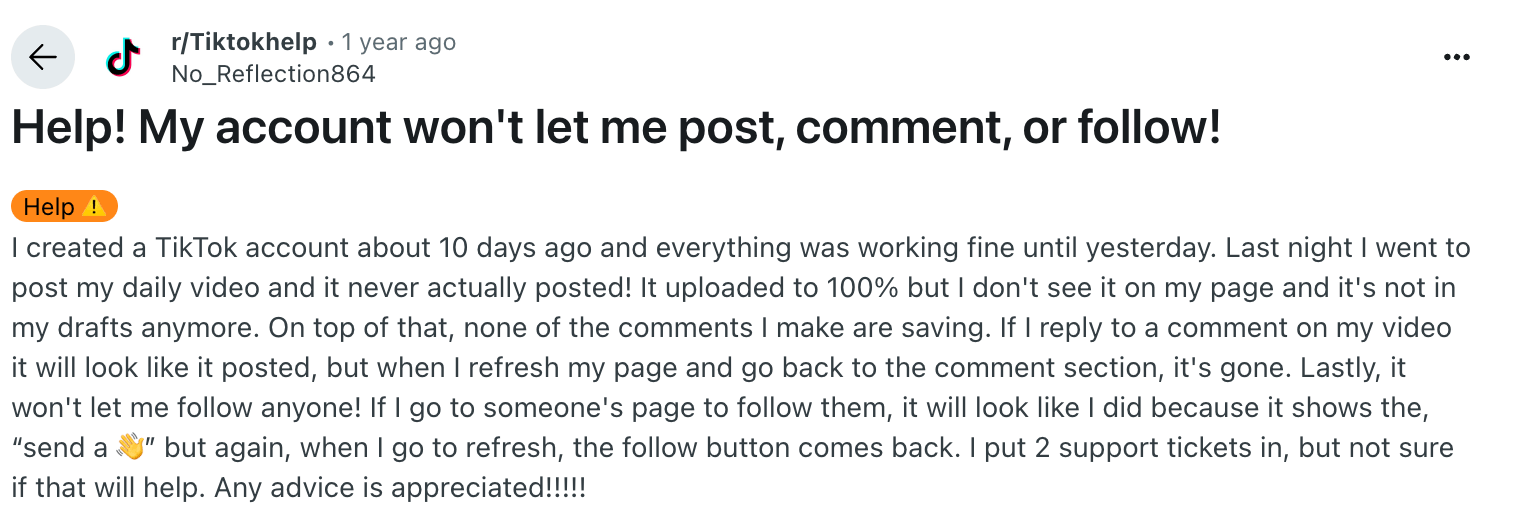
- Facebook: you might lose the right to send direct messages or add people to your community. Besides, there might be an Account Restricted badge on your page, or a notification like ‘You’re not allowed to post or comment for X days due to community standards violations.’ Here is, for example, what one of the Reddit users got:

- X (Twitter): You might receive a notification saying something like ‘Your account has been suspended for violating the X Rules. It’s now in permanent read-only mode — you can’t post, Repost, like, or create new accounts. If you believe this is a mistake, you can appeal.’

Source: https://medium.com/readers-club/if-twitter-x-suspends-your-account-forget-about-it-f62c837122ee
How to fight the ban?
There’s no universal method — especially since platforms often don’t notify you about the restriction at all. So in many cases, you are left guessing: did you trigger the ban with spammy behavior, banned keywords, aggressive outreach, or just bad luck with the algorithm?
However, the temporary ban is called temporary because it lifts itself. See how it happens:
- Facebook officially gives a ‘read-only’ ban for sending too many messages to people outside a friend’s list or adding a large number of people to a group within a short period. This means you just need to wait 24-72 hours to get your account back to full functionality.
- The same is for TikTok – a temporary ban doesn’t usually last more than a week, and you are aware of the date when you are unblocked.
- On platforms like X (Twitter), there’s a formal appeal process, so while the ban can’t be lifted itself, you can try to appeal via support. It doesn’t guarantee mercy, though: see how many users can’t break the ice with Twitter’s bans:
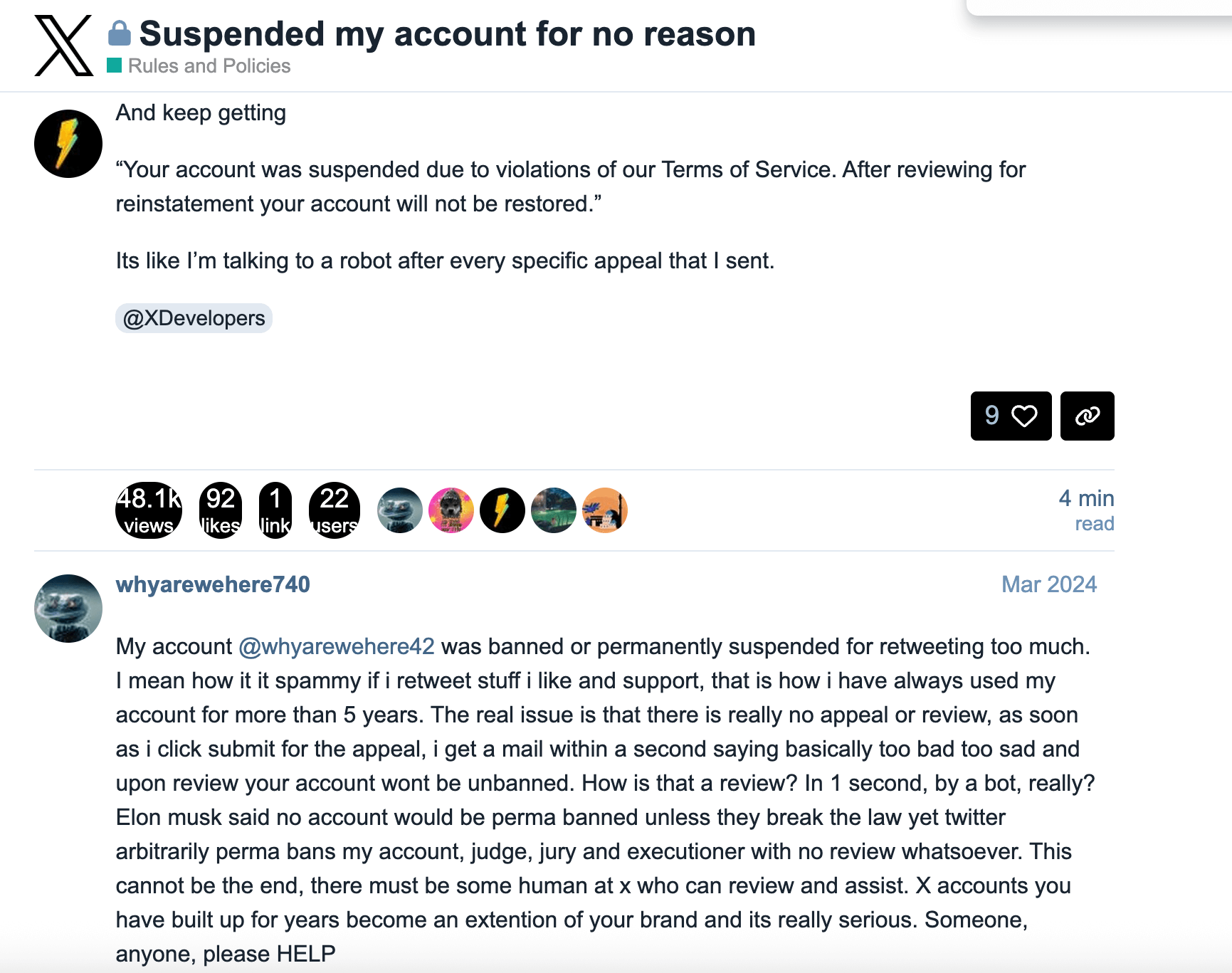
So, it’s easier to prevent than to fix sometimes. According to what content creators say, the most common reason for a ban is mass-liking and mass-following, so the best tip here is to avoid spammy behavior.
Hard Ban
This one means your account is blocked without the right to restore it. According to the official guidelines of various social networks, such a ban comes as a result of serious violations, or if it wasn’t your first time breaking the rules.
The official guidelines of most social networks are similar, and they threaten you with a permanent ban for:
- Spreading hate speech or violent content
- Impersonation or identity fraud
- Mass spamming or using automation tools to manipulate engagement
- Sharing explicit or illegal content
- Promoting scams, fraud, or phishing schemes
- Selling or buying accounts
So, it seems you need to be a total trouble-making villain to get permanently banned. However, things aren’t that simple. Just like with previous cases, the reasons for a hard ban stay unclear for content creators – just look at the couple of sad true stories:
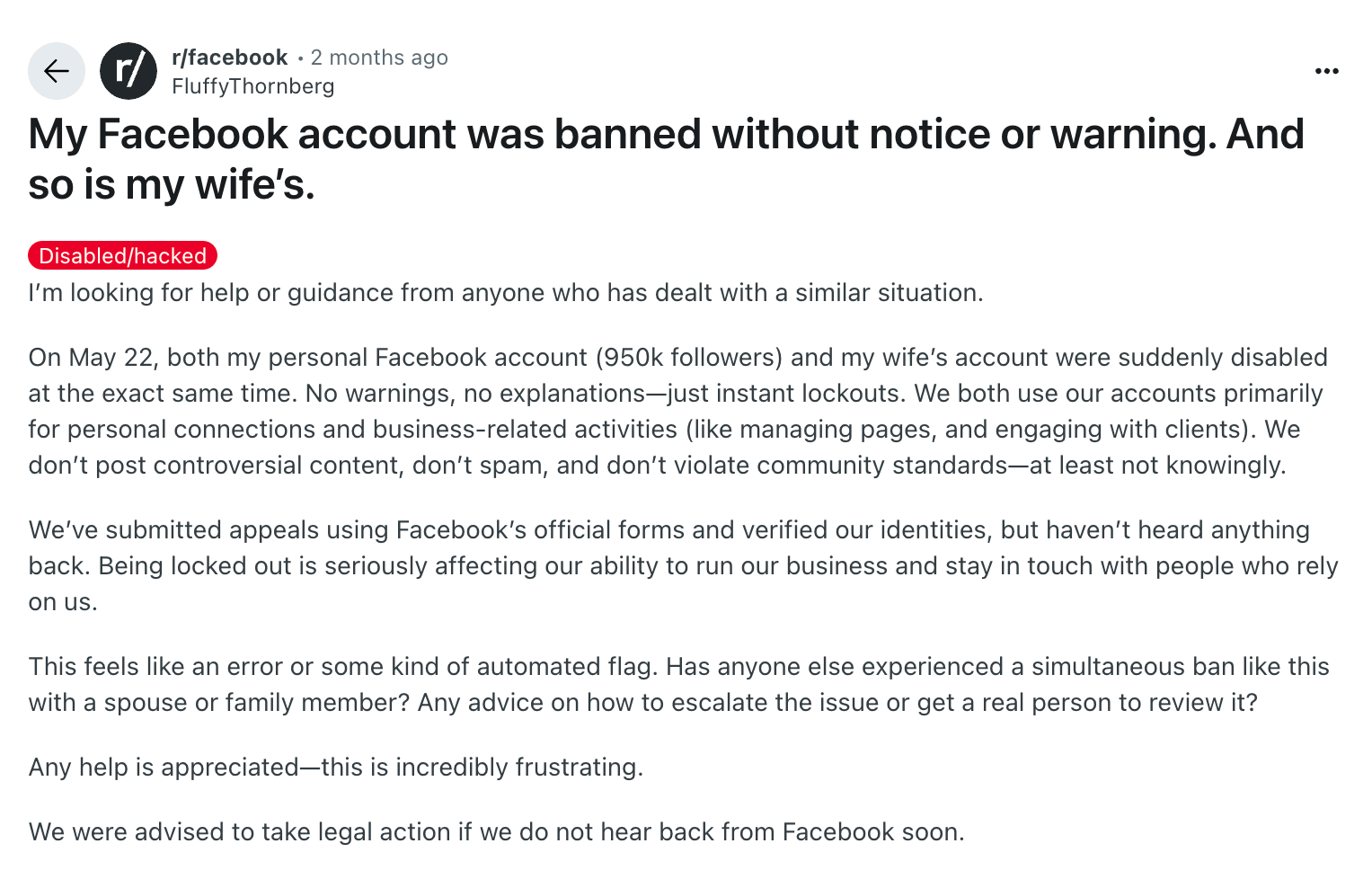
And this one, even more strange, as this account wasn’t used for any commercial activity and didn’t have many followers:

And this one is about TikTok – almost the same story, right?

How do you know about it?
You can’t enter your account, it’s frozen, and there might be a notification like ‘Your account is forever suspended’. Sometimes your account simply disappears – this is how it usually happens on Instagram.
How to fight the ban?
According to what many content creators on various networks say, it’s impossible to recover once you’ve been hit with a hard ban, especially when it happens on Facebook.
However, we found a couple of successful cases. They can’t be called official guidelines, as it seems what works out for one account will be completely useless for another, but why not try? Alternatively, you can start from scratch with a new account, but this involves some extra knowledge too. So, let’s take a look at both options.
Account restoring: successful cases
- One happy ending story that might be useful for you is from a Pakistani Reddit user who went the extra mile and sent an official physical letter to Meta. Here is what he shared:

- Another story comes from a user who used a simple trick: he connected his Instagram account to Meta Verified – a paid subscription that gives your Facebook or Instagram account a blue checkmark, access to direct support, and increased visibility. With this, he was able to contact a support chat, and his account was finally restored.
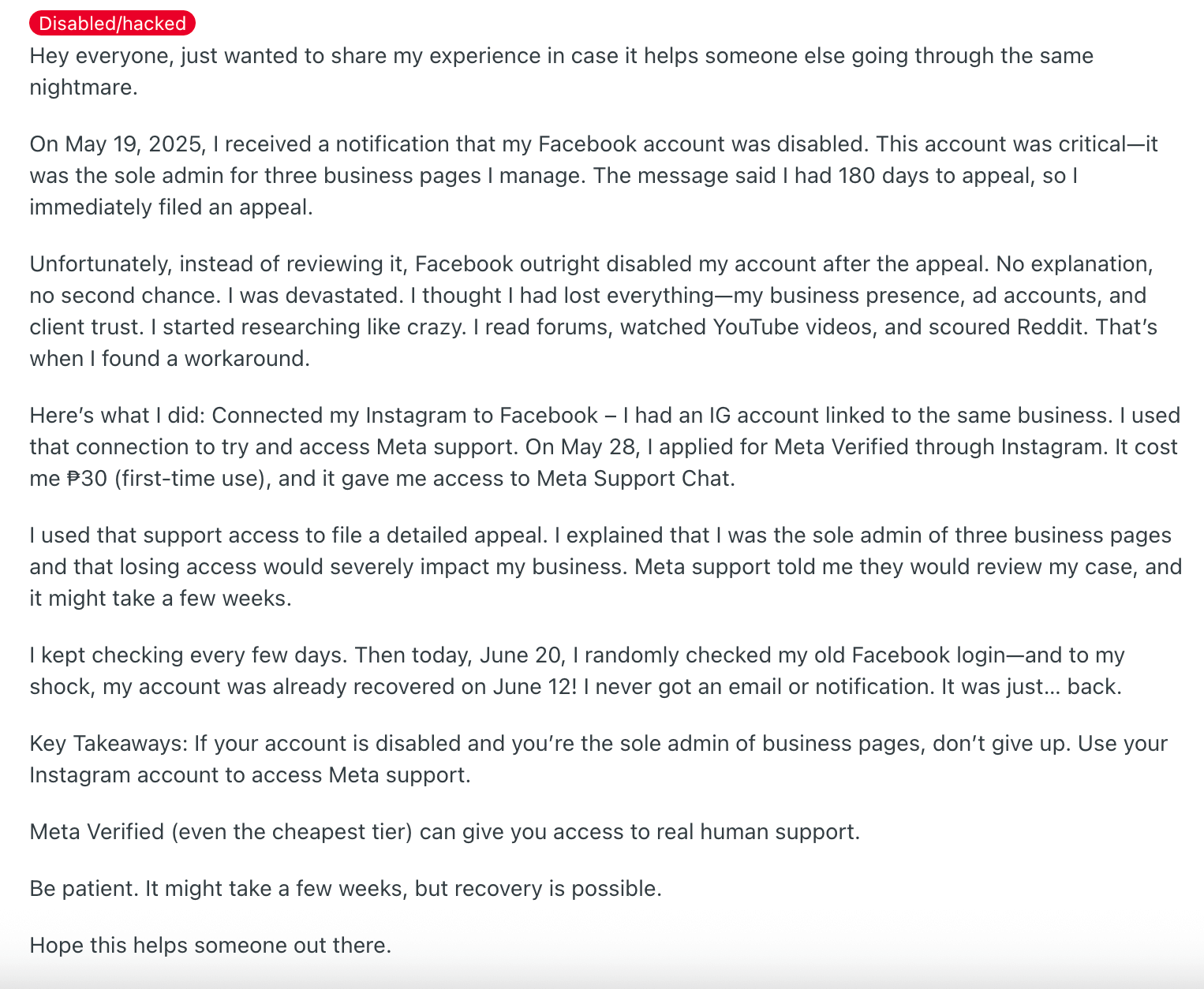
Creating a new account
So, if you don’t want to pay for Meta Verified, or this doesn’t help, or it wasn’t about Facebook at all – there are almost no happy endings with Twitter, for example – you definitely need another account. What’s the problem with it?
The trick is that most social network systems keep notes about you – including email, phone, IP address, device hardware ID, browser fingerprint – even profile pics. It means simply creating a new account just after the ban will most likely result in another ban pretty quickly.
Instead, here is how you do it:
- Use another email address – the one that wasn’t linked to your banned account.
- Also, try to avoid signing up with the same IP address.
- It’s also better to use another device – a smartphone or a PC. Some even recommend using a device that has never been connected to your home Wi-Fi.
- For better safety, try to clear the cache of your browser and reinstalling the app if you work from your smartphone.
Obviously, all of this works if you don’t really violate rules, and the ban was an accident.
Main Takeaways to Sum Up
Most bans are triggered by spammy or bot-like behavior — mass messaging, bulk ads, automation. Shadowbans and temp bans often come without warning, especially on TikTok and Facebook. Most importantly, appeals are hard work, so prevention is your best strategy.


